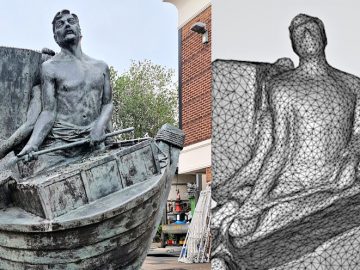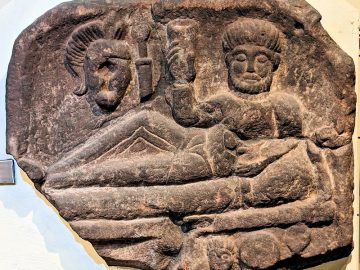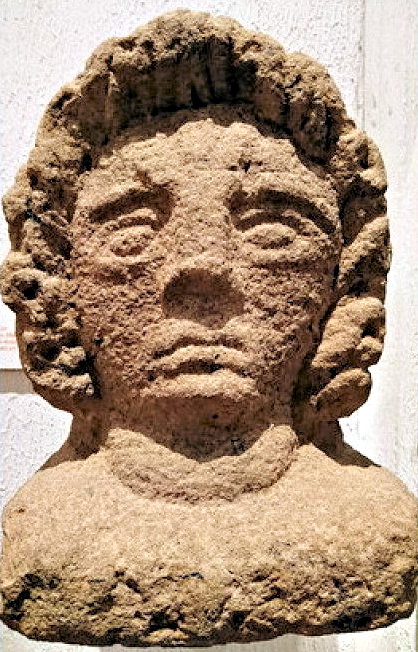Do you think one of the great things about photogrammetry apps is that we can easily create things we see when out and about? Sometimes that may be something big, like a house or old car. But sometimes it’s something much smaller, like a tree or a rock. So while I was out walking in Lickey Hills Country Park (near the UK Birmingham) one day I decided to try scanning a rock I’ve seen many times. It’s not an especially exciting rock, but for me it’s a waymark I can relate to, as well as a good excuse to play with 3D scanning on my Android phone. So here’s a photo of the rock.
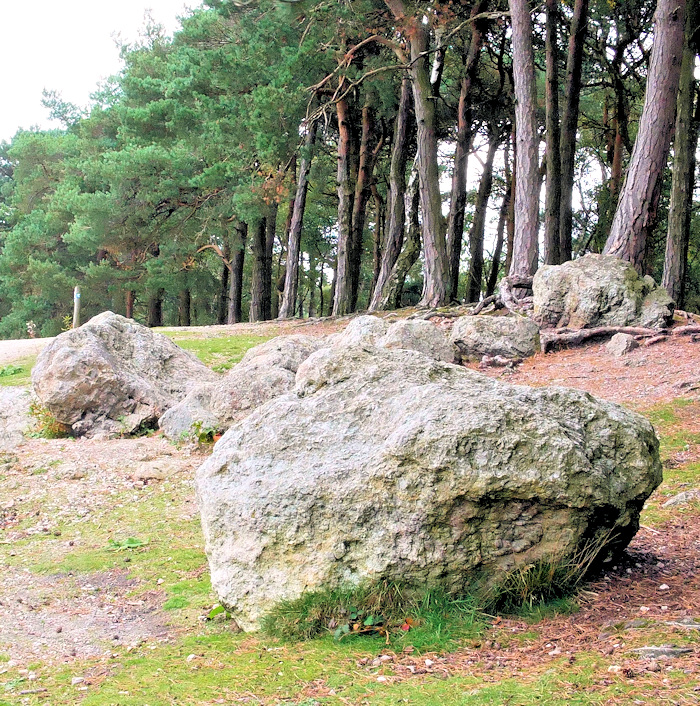
Quick summary of this 3D creation
Overview: A basic photogrammetry scan of a rock by a hiking trail.
Location: Lickey Hills Country Park, central England [map].
Software used: WIDAR Android app.
Intended use: Computer graphics, not suitable for 3D printing without more editing.
Download: Sketchfab page.
As I’ve been playing with the WIDAR Android app lately (e.g. in Monmouth and Bromsgrove) I know it’s excellent for creating lightweight textured 3D scans for computer graphics. I also know that the underlying mesh isn’t necessarily that detailed for 3D printing, but that didn’t worry me as I just want a textured 3D model to view (much like having a 3D photo to look at). So I took around 25 photos in the app and uploaded them. Then, when processed, I opened the model in WIDAR and cropped the surrounding ground to tidy it up. And apart from that, I did no other editing of the model, which you can see below on Sketchfab (click the play button to load the model and view it in 3D).
I think WIDAR did an excellent job of creating a 3D representation for displaying on a webpage, so everyone can see the delights of Lickey Hills Country Park. But in case you’re wondering what the model looks like untextured, here’s a view of the 3D mesh rendered in Meshlab.
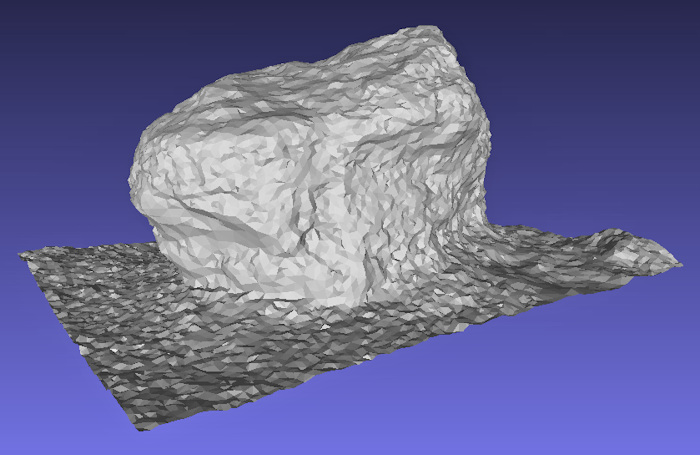
Overall I’m quite happy with the quality of the scan. After all, not all 3D scanning is about 3D printing. And WIDAR does open up a simple way to create 3D representations of scenes for displaying on a computer screen that goes beyond simple 3D photos 🙂

